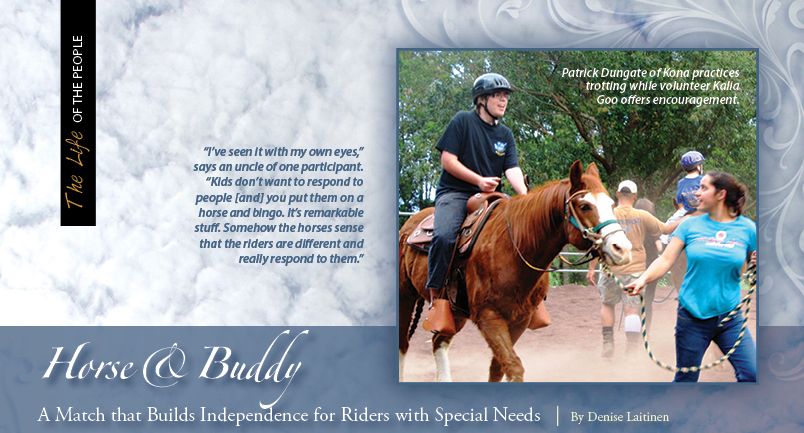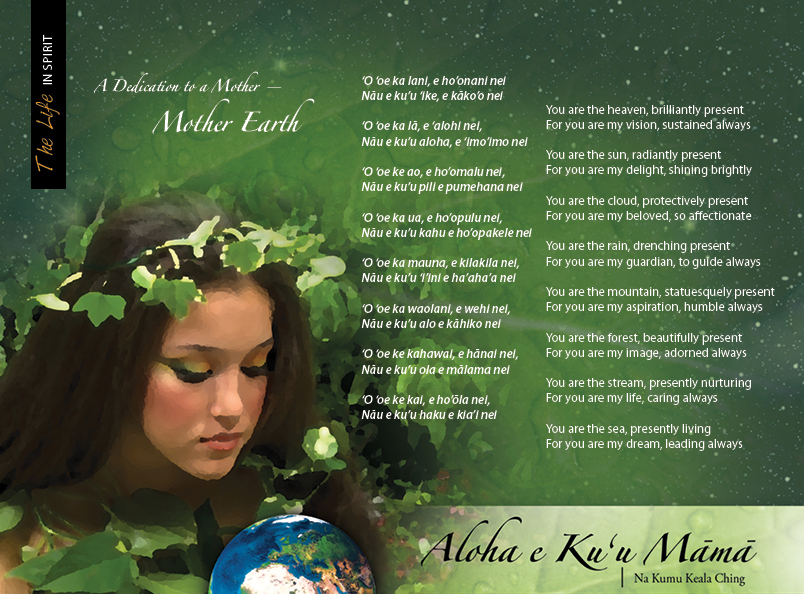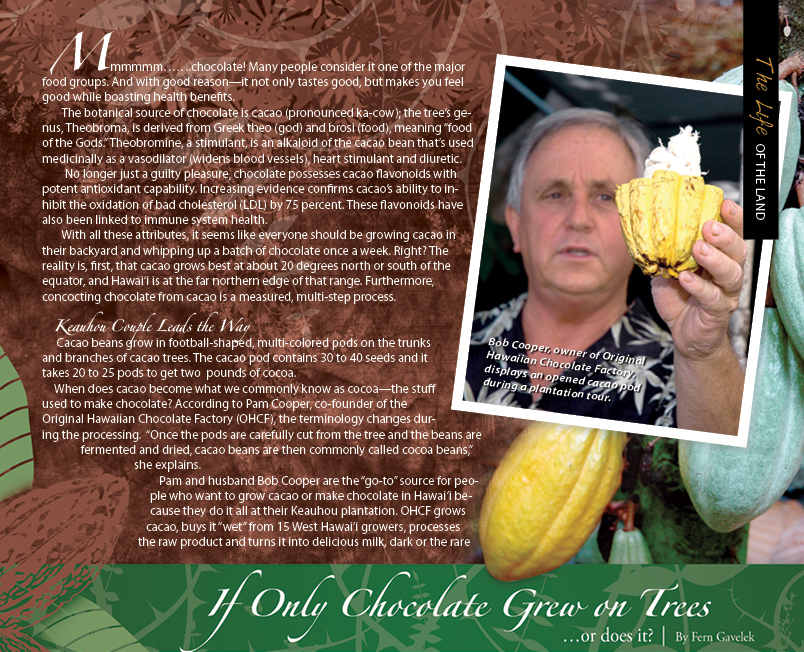
Horse & Buddy: A Match that Builds Independence for Riders with Special Needs

By Denise Laitinen
Boyson Kihe guides his horse back and forth between narrowly spaced poles; zig zagging through the entire row of poles without knocking over a single one. It’s an advanced move requiring balance, focus and skill. Boyson smiles as onlookers congratulate him on a job well done.
But this is no rodeo competition. And Boyson is no ordinary rider. He is one of 20 participants in the Give a Buddy Independence (GABI) 4-H program based at Iolani Stables in Honoka‘a. The onlookers providing encouragement are GABI staff and volunteers.
GABI is a therapeutic equestrian program for people with cognitive and physical challenges. Horseback riding “helps with balance, flexibility and focus with safety and fun in mind,” says Heidi Clayton, a North American Riding for the Handicapped Association (NARHA) certified instructor who is one of the founders of the program.
GABI was created a decade ago when special needs teacher Mary Jo Allen and a group of parents searched for activities specifically for special needs kids. Around the same time, Heidi Clayton, who had 10 years experience as a therapeutic riding instructor, moved to the Big Island. Mary Jo learned Heidi was on island and together they formed the GABI 4-H program.
The program offers lessons every Tuesday afternoon from 2 to 4pm The lessons are a half-hour each with a maximum of four participants for each session. Each one is paired with a volunteer who leads the horse. Lessons are $20 a week, although most of the program participants are involved with organizations, such as ARC of Kona, Full Life and Goodwill, which cover the cost of the lessons.
Today, participants and volunteers from all over the island are involved in GABI. “When I started it was mostly kids,” says Michele Schipa, who has run the program for the past four years. “Now we have a lot of adults. And a lot of our kids have grown up and are young adults. It’s cool to watch them grow.”
GABI volunteers also vary in age and background. Some are relatives of the participants, while others are interested in horses or are students fulfilling community service requirements for school. All go through a special orientation training covering horsemanship and GABI rules and regulations.
“I really, really rely on my volunteers. This program wouldn’t exist without them,” says Michele. Some volunteers lead or walk beside the horse while others observe on the sides. Volunteers help out in the stables too, grooming the four horses dedicated solely to the GABI program.
As Heidi and Michele prep the horses and riders for a weekly lesson, Heidi points out many of the benefits of the program. Horseback riding helps build self-confidence; increases coordination, physical strength, balance and flexibility; and it improves communication skills.
Like Heidi, Michele is a NARHA certified therapeutic riding instructor. Both women move effortlessly as they match equipment to riders and horses, all the while talking story with the volunteers and participants as they arrive. Gearing up the riders, the women need to consider the participants’ height and weight, as well as disability. Safety is always at the forefront and all riders must wear helmets.
“We have special equipment,” says Michele pointing to a row of saddles for adults and children. Depending on the participant’s challenges, they may need special reins. Michele displays the ladder reins they use for riders who are paralyzed or who have trouble holding onto reins. They also have reins with colored sections so participants know where to hold their hands. “We try not to use bits on the horses. We use side reins instead,” she explains. And the stirrups have protective coverings to prevent their feet from sliding through the stirrup. But tacking, the gear equipping a horse to ride, is only half the issue.
“It takes a special horse to be in this program,” says Michele. The four GABI horses—Fred, Silky, Lulu, and Poco—range in age from 16 to 32. All were donated to the program and have been specially trained to deal with unpredictable riders.
Michele points out that while she has been fortunate to have several people offer to donate horses to GABI, the horses aren’t always appropriate for a therapeutic riding program. “The horses must be physically able to walk, trot and canter,” she says. “They must also be mentally strong and capable of handling when a rider acts unexpectedly or has a tantrum.”
Then there is the meshing of horse and human personalities. The skill level and personality of the rider needs to be factored into pairing each of them with an appropriate horse. And both horse and participant need to be matched with compatible volunteers to provide an enjoyable, yet safe, experience.
In short order, all four riders are mounted and ready to be led down a short hill to the riding arena. Given all the considerations that go into saddling the riders and pairing them with horses and volunteers, it’s a testament to Michele and Heidi’s horsemanship that the process goes so smoothly and quickly.
Every session starts with stretching exercises while seated on the horse. Then it’s on to the lesson. Michele plans lessons based on the participants’ skill and needs.
“Some days just being on the horse is enough,” says Michele. “Every week is different,” she explains. “They build on what they learned the previous week. It’s important to make sure everyone has a safe and fun time.”
As she speaks, Boyson is led on a trail ride, while Nathan Bigelow of Kea‘au is riding in the arena. At the same time, Heidi leads Odin, a young autistic boy from Kohala, around the ring and Patrick from Kona practices trotting. Their experience runs the gamut. Boyson has participated in the program since its inception a decade ago, while Patrick has been a volunteer and participant for just six months.
They also come for different reasons. For Boyson, GABI provides a tie to his past. “Boyson grew up in Waimea so it’s important to have that horse connection,” explains Deborah Say, a Direct Support Worker with Full Life in Hilo. In addition to being a Direct Support Worker, Deborah and her husband, Aaron, are Boyson’s foster parents, who recently legally adopted him. Aaron also volunteers with GABI, leading Boyson on the horse.
Every week, Deborah drives Boyson and six-year-old Nathan, another Full Life participant, from Pahoa to Honoka‘a for their riding lesson.
“Riding horses helps Nathan with his strength and coordination,” explains Say. “When he first started, Nathan could barely sit up on the horse; now he can ride.”
The half-hour passes quickly and the riders head back to the stable where another group of participants is ready to go. Saddles and riders are quickly changed and the next set of four riders is led down to the arena.
After stretching, they quickly set about their various lessons. Heather is guided along a wooden platform that simulates a bridge and crossing cavalettes—bars on the ground similar to those found in parking lots. As the rider, Heather must instruct the horse to pick up its feet to cross the cavalettes.
“The program has a full trail course,” explains Michele. “If participants were to enter a horse competition, they would have to cross a bridge.” All the aspects of a trail course are offered here.”
Inside the arena, Rose practices putting cups on poles. Michele points out that Rose is working on independence, so she doesn’t have a side walker, only a volunteer to lead the horse. Nearby, Michael is putting his horse through the paces, moving effortlessly from a walk to a trot to a full canter then back to a trot as volunteers look on. It is an impressive feat to watch. Like Boyson, Michael is one of the advanced riders, having been with the program for a decade. He is all smiles as he receives well-deserved compliments on his riding skills.
Watching from the sidelines, relatives and volunteers comment that the program has a wonderful effect on all involved. “I’ve seen it with my own eyes,” says an uncle of one participant who wished to remain anonymous. “Kids don’t want to respond to people [and] you put them on a horse and bingo. It’s remarkable stuff. Somehow the horses sense that the riders are different and really respond to them.”
Resources:
If you would like to learn more about the GABI 4-H program, call Michele Schipa at 808.896.7700 or Heidi Clayton at 808.896.6849. GABI is a 501(c)3 non-profit that relies heavily on donations. To make a charitable donation.
In the Kona area, the Therapeutic Horsemanship of Hawai‘i (THH) Kona Branch at the Horseplay Equestrian Center in Honalo also offers a therapeutic riding program. Riding sessions are held on Saturday mornings from 9am–1pm.
THH, a 501(c)3 non-profit organization, is a NARHA center member with three registered NARHA instructors. For more information contact Nancy Bloomfield at 808.937.7903.


